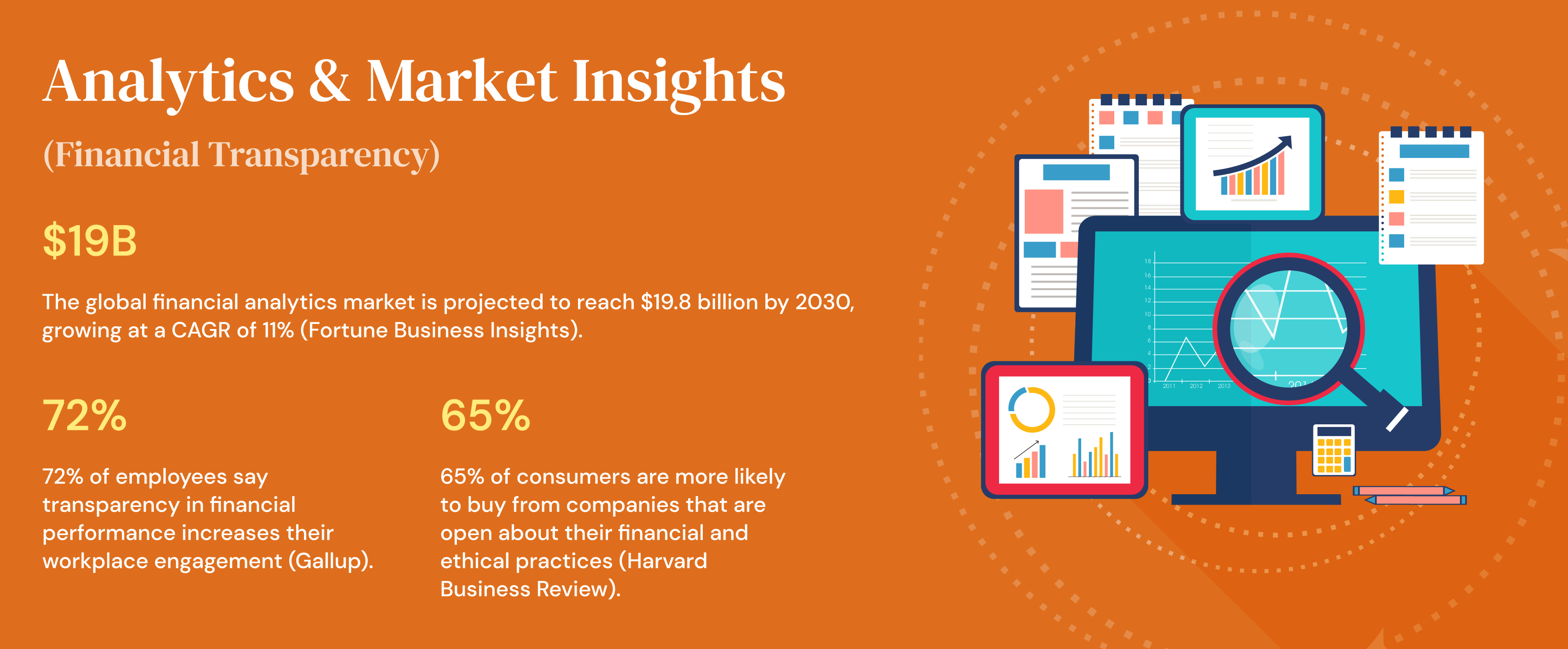In today’s fast-paced and highly connected world, trust is the cornerstone of every successful business relationship. Customers, investors, and employees expect more than just financial performance reports—they want transparency, accountability, and integrity. As we move deeper into 2025, financial transparency has become more than a compliance requirement; it is a strategic driver of trust and long-term growth. Companies like XMC Asia are at the forefront of helping organizations embrace transparency while leveraging technology to ensure accuracy and consistency.
Why Financial Transparency Matters More Than Ever
In the past, financial reporting often served regulatory needs rather than building stakeholder confidence. Today, transparency is essential for:
- Investor confidence: Transparent reporting reassures investors about long-term stability.
- Customer loyalty: Ethical practices and financial openness increase customer trust.
- Employee engagement: Teams are more motivated when they understand the company’s health and direction.
📊 A 2024 Edelman Trust Barometer report found that 88% of stakeholders expect companies to be transparent about their financial health and business practices.
The Role of Technology in Driving Transparency

Real-Time Reporting
Cloud-based financial tools allow stakeholders to access accurate reports instantly, reducing delays and potential miscommunication.

Predictive Analytics for Forecasting
Predictive insights give stakeholders a clearer picture of future performance, not just past results.

Blockchain for Verification
Blockchain is increasingly being used to ensure the authenticity and immutability of financial records.

Automated Compliance
AI-powered systems help firms stay updated with evolving global regulations, reducing risk and errors.
📊 According to PwC, over 60% of CFOs say advanced analytics and automation significantly improve transparency and accuracy in reporting.
Key Benefits of Financial Transparency
Improved Stakeholder Confidence
Enhances relationships with investors, regulators, and customers.
Risk Reduction
Early detection of irregularities prevents costly financial scandals.
Competitive Advantage
Companies known for transparency attract more investment and talent.
Ethical Branding
Builds long-term reputation as a trustworthy organization.


Conclusion
Financial transparency in 2025 is no longer optional—it’s a competitive necessity. By embracing real-time reporting, predictive analytics, and secure technologies, businesses can demonstrate accountability while building stronger trust with stakeholders.
With guidance from XMC Asia, organizations can adopt tools and strategies that ensure accurate, accessible, and transparent financial practices. In a digital-first era where trust is currency, financial transparency has become the ultimate growth strategy.
References
- Edelman. 2024 Edelman Trust Barometer.
- PwC. Global Transparency Report 2024
- Fortune Business Insights. Financial Analytics Market Size, Share & Industry Analysis, By Application (Revenues Management, Expenses Management, Audit & Compliance, Wealth Management, Customer and Product Profitability, Portfolio Management, and Others), By Deployment Model (On-Premises and Cloud), By Enterprise Size (Small and Medium-sized Enterprises and Large Enterprises), By Industry (Healthcare, BFSI, Retail and Consumer Goods, Energy & Power, IT & Telecom, Automotive and Manufacturing, and Others), and Regional Forecasts, 2025-2032
- Global Market Insights. Financial Analytics Market Size – By Component, By Deployment Model, By Organization Size, By Application, By End Use, Share, Growth Forecast, 2024 – 2032